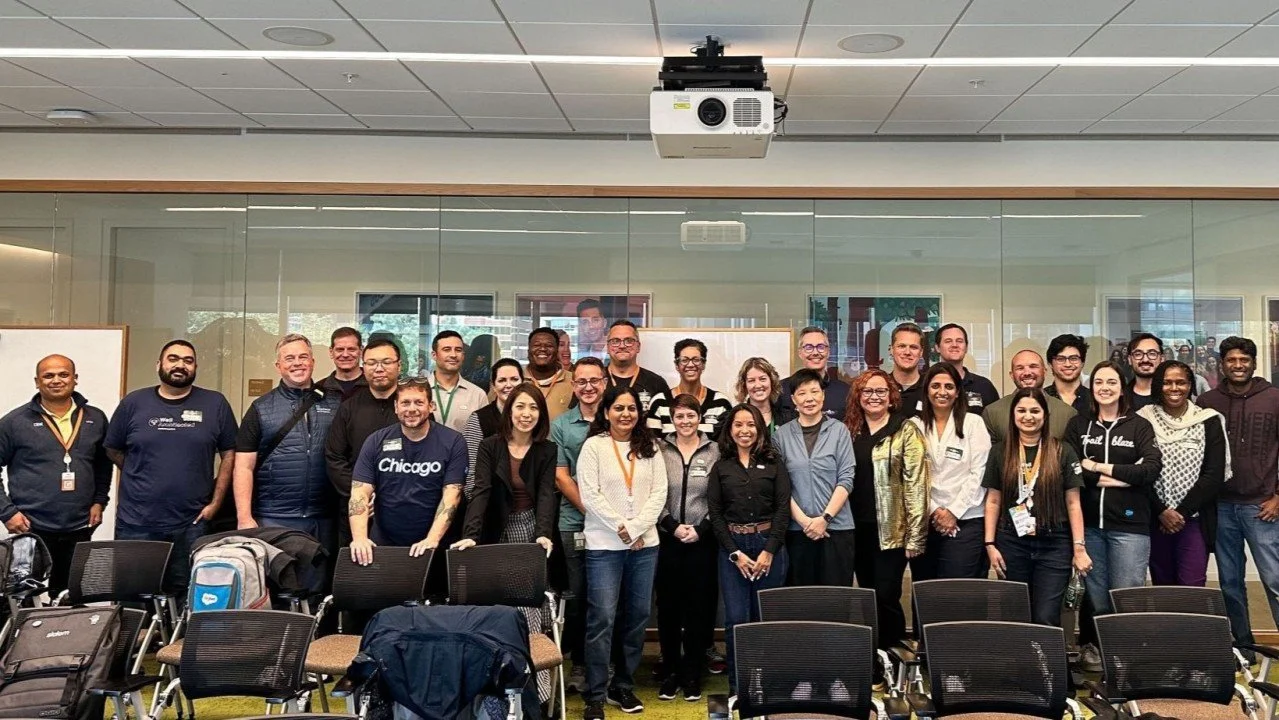
Why Salesforce Well-Architected Mattered
Earlier this year, Salesforce disbanded the Architect Relations team and ended the Salesforce Well-Architected program. For me - and for many others - this program was a big deal. This post is a reflection on why it mattered and what we lost when it went away.
But before I start, let me say: the purpose of this post isn't to criticize Salesforce. I don’t know the internal factors that led to this decision, and I recognize the complexity of running a company at Salesforce’s scale. Salesforce continues to support the architect community in many ways: through certifications, community groups, and the CTA program. This post isn’t about Salesforce getting something wrong. It’s a thank you note to a program that made a real impact.
What Was Well-Architected?
The Architect Relations team was a small but mighty group of experienced architects (about 10 team members) who created some of the most helpful resources in the Salesforce ecosystem. They were behind Salesforce Diagrams, Decision Guides, and most notably, the Well-Architected Framework launched around 2022.
Their work did something important: it helped define “what good looks like” in Salesforce implementations. Best practices had existed before, but this team added structure, consistency, and credibility. And when new technologies emerged - like Data Cloud - they led the way in helping architects understand how to use them thoughtfully. I will miss their expert perspective particularly as we continue into the AI era.
Beyond the content, they helped socialize these ideas across the community. They recruited a group of about 30 Well-Architected Ambassadors from the community, produced videos on the Architect YouTube channel, spoke at events, and played a strong role at Dreamforce and TDX. Their workshops and architect tracks were always a highlight.
But what really stood out was their approach. This wasn’t a team that only cared about diagrams and deployment patterns. They also cared about how teams work together. Architects often get a bad reputation (sometimes well-deserved) for being overly abstract, exclusive and gatekeeping. The Architect Relations team always took a different approach. Their workshops were open and welcoming, not just for architects, but for anyone interested in architecture. Their message was clear: architecture isn’t just for a few experts in a room. It’s for everyone who wants to build systems that last.
Why The Architect Perspective Matters
To understand the impact of the Well-Architected program, you also have to understand the unique role of an architect.
It’s a quirky job, part technical, part business. You’re often the person who doesn’t fully belong to either camp. The developers think you're too business-minded; the business folks think you're too technical. But you’re the one thinking about the big picture, about whether the organization is still going to be happy with this investment two or three years from now.
Architects ask the hard questions:
Is this project delivering real business value?
Will it scale when we get to version 2?
Are we building something that’s sustainable?
Sometimes, that means being the skunk at the garden party: recommending fewer licenses, pushing to break a big launch into smaller phases, or raising risks when everyone else is full of launch-day excitement.
Every project has voices advocating for action now: sales teams creating urgency, implementation partners ready to build, project managers driving timelines. Architects offer a counterbalance. They’re incentivized to think long-term. And when all of those voices are working in harmony, the result is better for everyone.
That’s the value the Architect Relations team brought to the table. They elevated this long-term, intentional perspective in a tech world that too often favors speed over sustainability. I can’t count the number of times I would share a Well-Architected resource with a client and they would appreciation for the clarity, impartiality and real-world experience. It was rare and refreshing to have a space dedicated to thoughtful architecture in an industry that’s always sprinting.
A Note of Thanks
This post isn’t just a reflection. It’s a thank you.
Thank you to Salesforce for creating the program. Thank you to the community that supported it. And most of all, thank you to the Architect Relations team, the people who worked full time to build and share this work. Your impact was real, and your presence will be missed.
I’m excited to see how the Salesforce architect community continues to evolve. But today, I just want to say: Well-Architected mattered. And I’m grateful it existed.
